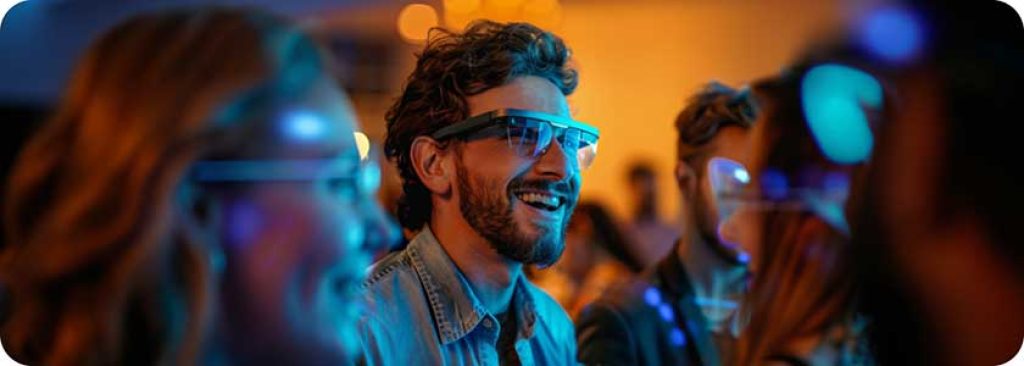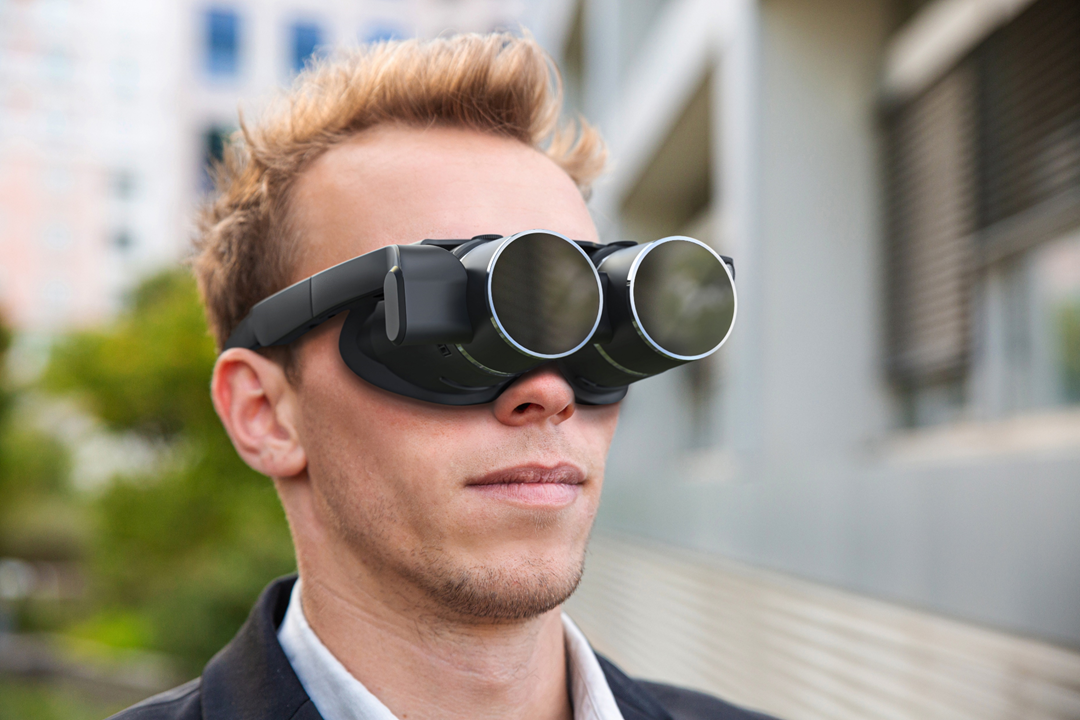Voice-Activated Assistive Devices: Empowering the Visually Impaired Through Innovation
Wiki Article
Enhancing Accessibility With Assistive Modern Technology for the Blind
The combination of assistive technology for the blind stands for a pivotal improvement in ease of access, fundamentally changing how individuals browse their settings and involve with culture. As we check out the varied types of assistive devices and their concrete impacts on everyday living, it ends up being important to examine just how ongoing technological innovations are reshaping the landscape of support for the blind neighborhood.Summary of Assistive Technology
Assistive modern technology refers to a series of tools and software application designed to boost the abilities of people with impairments, including those who are aesthetically damaged or blind. This innovation plays a vital function in promoting self-reliance and improving the lifestyle for users. By providing different approaches for accessing info and performing everyday jobs, assistive innovation equips individuals to browse their environments better.
The development and implementation of assistive modern technology welcome a variety of principles focused on fostering availability. These concepts consist of user-centered style, which focuses on the requirements and preferences of the person, and the integration of technology into daily tasks. Such improvements make certain that assistive tools are not only useful yet very easy and likewise intuitive to utilize.
Moreover, assistive innovation incorporates a varied spectrum of solutions, from low-tech choices like magnifiers to state-of-the-art developments such as screen viewers and Braille display screens. The recurring advancement of this area is driven by the demand to deal with the special challenges encountered by individuals with visual impairments (Wearable technology for low vision). As modern technology remains to breakthrough, the capacity for improving access and advertising inclusivity stays appealing, eventually contributing to an extra fair culture

Types of Assistive Gadgets
Many kinds of assistive gadgets are offered to support people that are aesthetically impaired or blind, each made to attend to specific demands and obstacles. These tools can be extensively categorized into three primary kinds: low-tech, mid-tech, and high-tech options.Low-tech gadgets include items such as magnifiers, Braille tags, and responsive maps. These are relatively straightforward devices that enhance the individual's ability to communicate with their setting without calling for complicated innovation.
Mid-tech tools usually involve advanced functions, such as digital magnifiers and portable Braille note-takers. These devices can use functionalities like speech output, permitting users to access details more efficiently.

Impact on Daily Living
The schedule of different assistive gadgets considerably improves the lifestyle for individuals who are blind or aesthetically damaged, affecting their day-to-day living in extensive methods. By integrating modern technologies such as screen readers, Braille shows, and audio summary services into their routines, customers obtain higher autonomy and independence. These devices assist in access to info, making it possible for individuals to perform everyday jobs, such as checking out emails, navigating public areas, and appreciating media web content.Furthermore, assistive gadgets encourage individuals to involve more totally in social interactions and neighborhood tasks. The ability to utilize helpful hints smart devices equipped with ease of access functions permits for seamless interaction and connection with others. This connection cultivates a sense of belonging and reduces feelings of seclusion.
In expert setups, assistive innovation sustains productivity by enabling people to full job jobs efficiently. Tools like voice acknowledgment software program and specialized zoom tools enable users to join the labor force on equivalent footing with their sighted peers.

Innovations in Innovation
Recent technological advancements have actually dramatically changed the landscape of tools offered for people that are visually impaired or blind. The integration of artificial knowledge (AI) and artificial intelligence has triggered applications that improve navigation and item acknowledgment. Smart device apps can now make use of AI to determine and describe surroundings in real-time, giving users with important contextual info.go to this website Furthermore, developments in haptic modern technology have caused the growth of wise canes geared up with sensors that spot barriers and supply responsive responses. This equips customers to browse their atmosphere with boosted confidence and freedom. Technologies in text-to-speech software and braille display screens have actually improved the availability of electronic web content, enabling for seamless interaction with numerous media.
Wearable innovations, such as wise glasses, are also making strides in assisting visual problems. These gadgets can supply enhanced fact experiences, overlaying vital info onto the user's field of sight. Jointly, these developments not only improve the lifestyle for people who are blind but also advertise higher inclusion in culture. As innovation continues to develop, the potential for much more transformative devices remains on the perspective.
Future Trends and Innovations
As technology quickly advances, the future of assistive devices for individuals that are blind holds tremendous promise. Innovations in expert system (AI) and maker learning are poised to revolutionize the means blind individuals connect with their settings. AI-driven applications are being developed to boost object recognition, permitting users to identify and browse their environments with better ease and accuracy.
Moreover, improvements in haptic responses modern technology are allowing the production of responsive maps and navigating help that offer real-time information via touch. These advancements not only enhance wheelchair yet additionally foster independence. In addition, wearable tools geared up with increased fact (AR) functions are arising, offering users aesthetic details through sound descriptions, therefore linking the space in between the digital and physical globes.
In addition, the assimilation of clever home innovation offers brand-new opportunities for ease of access, enabling people to regulate their living eye care clinic settings with voice commands or mobile phone applications. As collaboration in between tech designers and the blind neighborhood proceeds, the concentrate on user-centered layout will make sure that future technologies are customized to meet the special needs of this population (Wearable technology for low vision). The trajectory of assistive modern technology promises a much more empowering and comprehensive future for individuals that are blind
Conclusion
In verdict, assistive technology plays an essential function in enhancing accessibility for individuals with aesthetic impairments. Continuous advancements in modern technology and user-centered layout guarantee that these devices provide properly to the one-of-a-kind needs of the blind area.The combination of assistive modern technology for the blind stands for a pivotal advancement in accessibility, fundamentally changing how individuals navigate their settings and engage with culture.Assistive innovation refers to a range of devices and software application designed to enhance the abilities of individuals with impairments, including those who are aesthetically impaired or blind. Wearable technology for low vision.As modern technology swiftly progresses, the future of assistive devices for individuals that are blind holds enormous pledge. The trajectory of assistive technology promises a much more empowering and inclusive future for people that are blind
In conclusion, assistive modern technology plays a vital function in enhancing accessibility for individuals with visual disabilities.
Report this wiki page